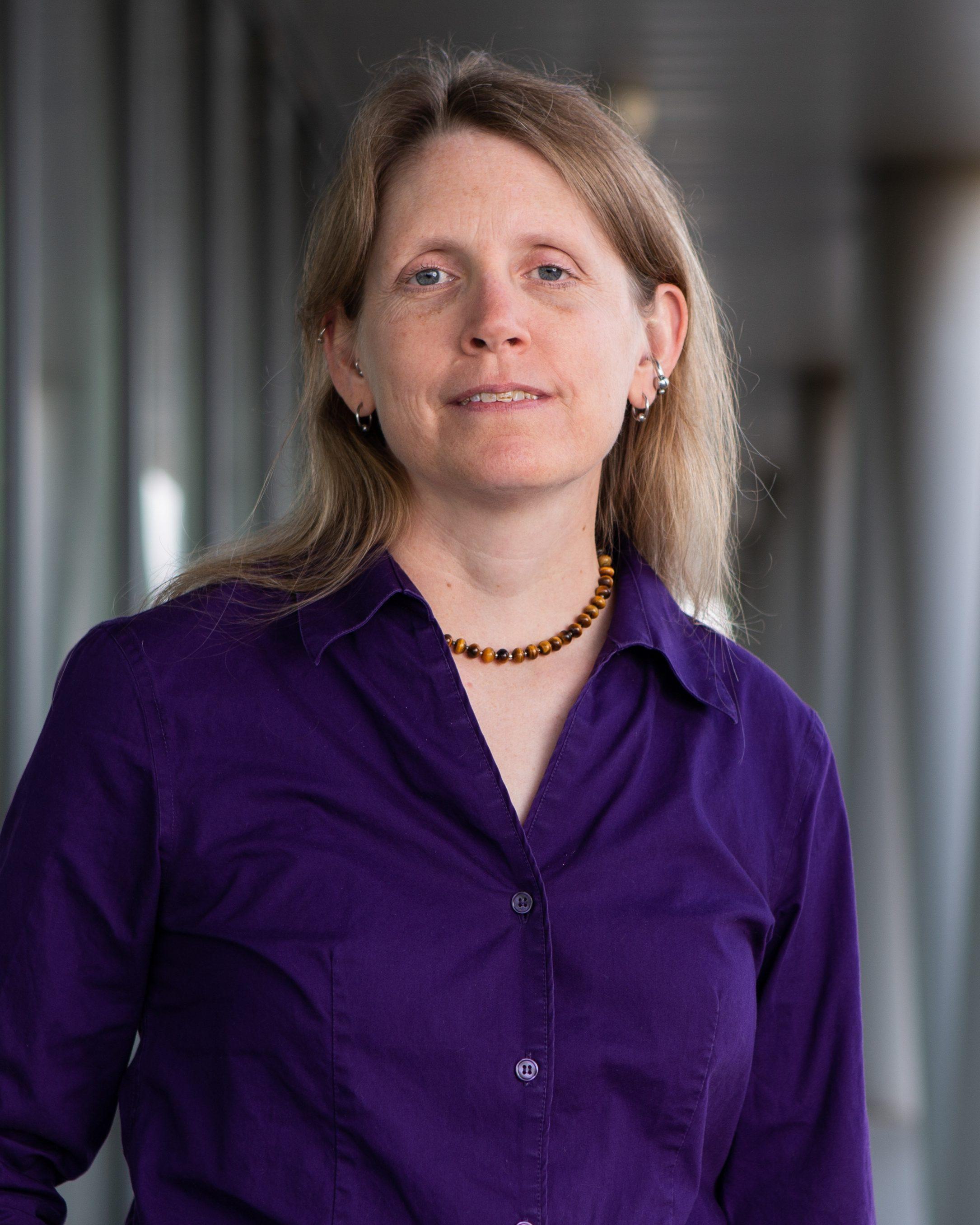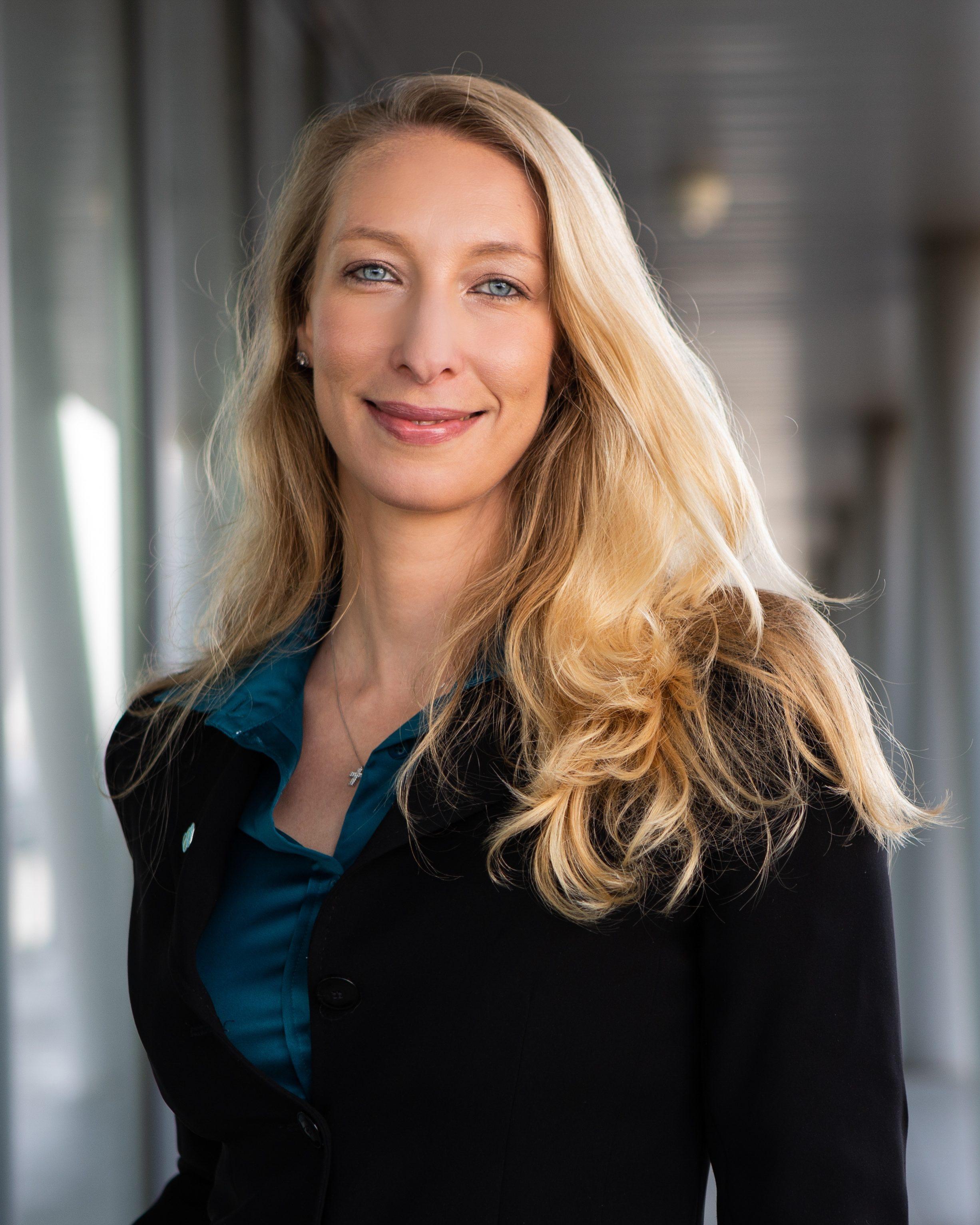Enhancement of Seagrass at the Chandeleur Islands, Louisiana
Informing project design and long-term monitoring and adaptive management of large-scale ecosystem restoration to maximize natural resource benefits through the protection and enhancement of seagrass habitat at the Chandeleur Islands, LA
The Challenge
The management team working to restore the Chandeleur Islands must make decisions on project design and monitoring in the face of multiple uncertainties in how the barrier islands and associated seagrass beds will respond to drivers such as storms and sea level rise that can dramatically reshape the coastal landscape. In a planning project leading up to this effort, a project team – led by the University of Southern Mississippi and including the Water Institute – worked with representatives from the management agencies to identify and prioritize the most pressing uncertainties that could be addressed through targeted research. These prioritized uncertainties from the co-design process are: (1) identifying what seagrass species-specific restoration criteria should be used in design and monitoring; (2) understanding the impacts of storms and other disturbances on seagrass distribution, species composition, and condition; and (3) understanding seagrass population structure and resilience capacity.
The coproduction team, led by the University of Southern Mississippi, is now working to reduce these uncertainties and improve management of these ecologically important barrier islands. The Institute is partnered with representatives from the management entities; researchers from the University of Southern Mississippi, the Gulf of Mexico Alliance, and University of Florida; and other stakeholders. Together, this team will work collaboratively to advance understanding of seagrass restoration criteria, the impacts of storms, and changes in seagrass population structure to improve science-based decision making for the Chandeleur Islands.
The Approach
Research will center around three guiding questions: (1) What are restoration success criteria for the seagrasses at the Chandeleur Islands; (2) What are the impacts of storms and other disturbances on seagrasses at the Chandeleur Islands; and (3) What is the population structure of seagrasses at the Chandeleur Islands. The Institute will be working most closely on questions (1) and (2), with other team members focused on the use of genetic tools to investigate the genetic diversity of seagrass at the Chandeleurs.
The Institute will use a combination of remote sensing analysis, numerical modeling, and partner-led analysis of in situ (on the ground) data collection on where seagrasses are located at the islands and the conditions under which they survive and thrive.
The remote sensing analysis will be used to investigate how the distribution of seagrass in the lee of the Chandeleur Islands has changed with time, including how that distribution has changed in direct response to storms (i.e., seagrass being buried or removed by storm processes) or indirectly as a result to storm-driven changes to the islands (i.e., storms erode and reduce the footprint of the islands, removing the protection they provide from currents and waves and reducing the area of suitable potential habitat). This analysis will be coupled with numerical modeling work to simulate what the conditions were that led to historical changes in seagrass extent.
This analysis will increase understanding of how storms have (and will) influence seagrass at the Chandeleur Islands and will inform development of island restoration criteria based on maintaining the conditions necessary to maximize potential seagrass bed area. Together with the research led by partners, and through close co-design with the management entities leading restoration of these islands, this research will improve science-based restoration of this important and sensitive ecosystem.







